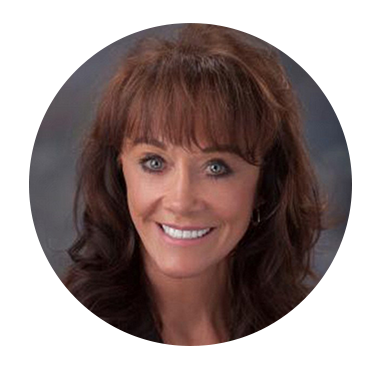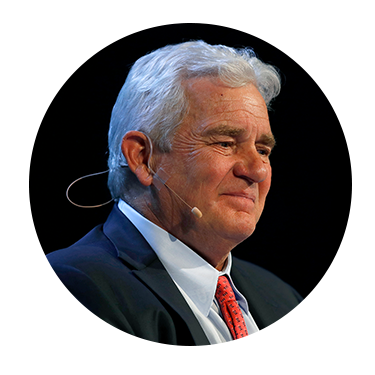
America's super rich: six things to know
Our new series, Big Money, is investigating the social and political clout of the super-rich.
Is America an oligarchy?
That was the conclusion of a 2014 study by two prominent US political scientists, who argued that the influence of economic elites and big business far outstrips that of ordinary citizens. In their view, America is less a bastion of representative democracy than a nation trammeled by the desires of the hyper-wealthy.
Others have suggested that their vision is too bleak. But the outsize economic, social and political clout of the super-wealthy in America is beyond debate - and ripe for scrutiny. That’s why we’ve launched our newest series, Big Money.
That was the conclusion of a 2014 study by two prominent US political scientists, who argued that the influence of economic elites and big business far outstrips that of ordinary citizens. In their view, America is less a bastion of representative democracy than a nation trammeled by the desires of the hyper-wealthy.
Others have suggested that their vision is too bleak. But the outsize economic, social and political clout of the super-wealthy in America is beyond debate - and ripe for scrutiny. That’s why we’ve launched our newest series, Big Money.

Radical inequality
The three richest people in the US - Jeff Bezos, Bill Gates, and Warren Buffet - own more than the bottom half of the country combined.
Source: Politifact

The wealth of nations
The combined wealth of America's 400 billionaires came to $2.7tr in 2017, which is more than the entire GDP of Italy ($1.8tr) or France ($2.5tr).
Source: Forbes

And they wield political power
The super-rich have supersized political influence. The Koch brothers have said they invested about $250m in the 2016 election and have promised $400m for the 2018 midterms. Michael Bloomberg spent about $23m on Democrats in 2016, and is planning to spend $80m in 2018.
Money talks
More than one-quarter of all disclosed political contributions in 2012 came from just 30,000 people - and the percentage may be higher because many donations are unreported. Some researchers have concluded that wealthy people and business interests have 15 times the political efficacy of the rest of the population.Most Americans have had enough
The political clout of billionaires has soared since the Supreme Court’s 2010 Citizens United decision, which determined that election-spending regulations restrict the right of corporations to free speech.Yet 77% of the country believes there should be limits on how much individuals and organizations can spend on political campaigns. Most people are unhappy with the status quo, and do not think it’s fair that wealthier people have disproportionate political influence.
Source: Pew Research Center

Who are they?
Of the richest 100 billionaires,- 98 percent are white
- 86 percent are men
- the average age is 70
But here are several others worth paying attention to:

James and Marilyn Simons
James and Marilyn Simons, finance: $13m to Democrats since 2016. James Simons made his billions at the same hedge fund as Robert Mercer, a conservative backer of Cambridge Analytica.

Diane Hendricks
Diane Hendricks, building supplies: $2.7m to Republicans since 2016. Also listed as a producer on such eclectic films as the Persian-language drama The Stoning of Soraya M. and comedy An American Carol.
Kelcy Warren
Kelcy Warren, energy mogul: $724,000 to Republicans since 2016. His firm Energy Transfer Partners built the Dakota Access Pipeline, sparking huge protests.
Robert Smith
Robert Smith, investor: $44,000 to Democrats since 2016. The richest African American in the US, Smith maintained a relatively low profile until his $20m donation to the Museum of African American History in Washington, DC – the second-largest, after Oprah’s.
Comments
Post a Comment